Immigration detainees concern groups complain of intrusive use of technology.
- What is a smart prison
Hong Kong’s first smart prison, Tai Tam Gap Correctional Institution (TTGCI) began operation in Sept 2021. Among the 160 inmates, 67 were immigration detainees.
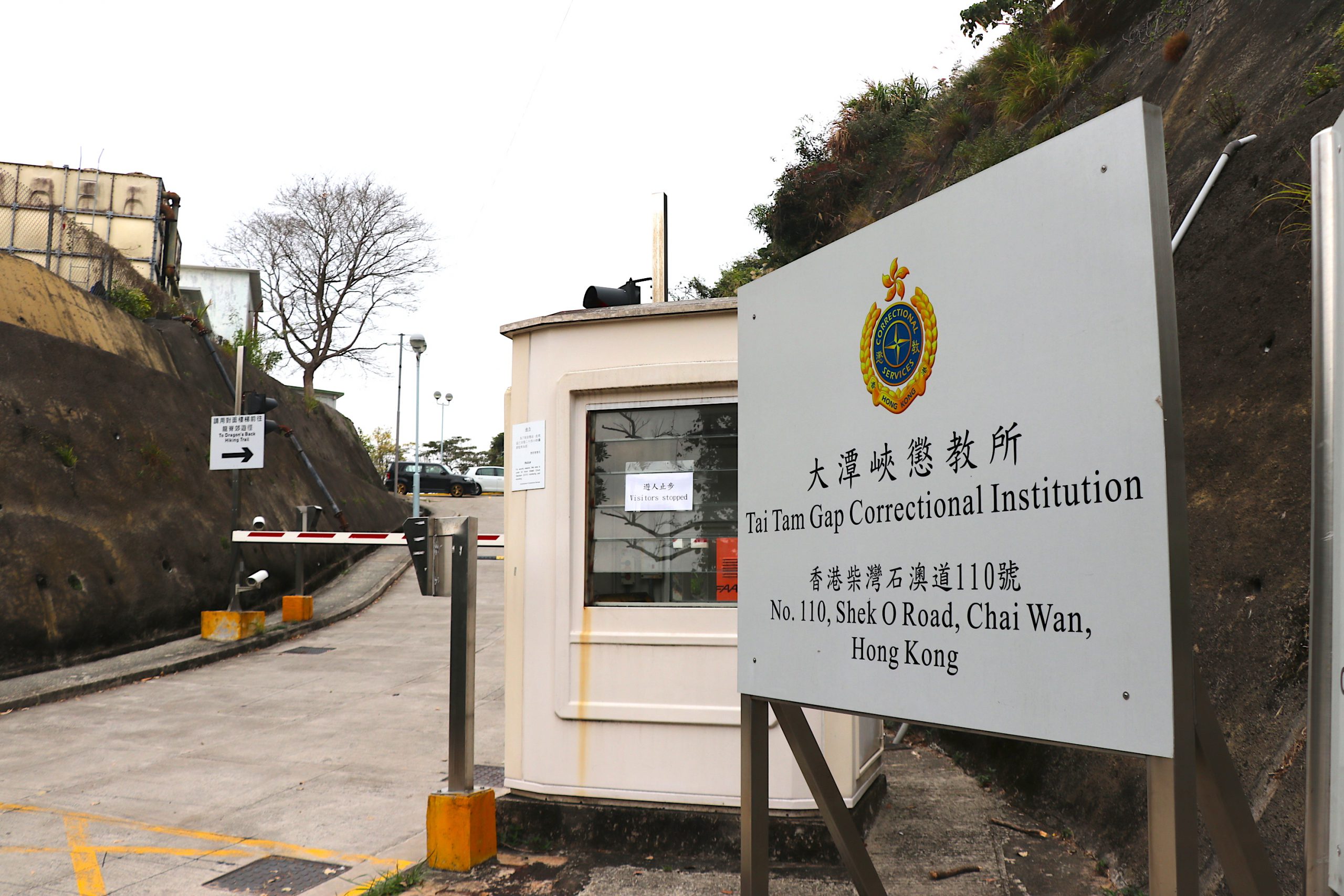
According to the Development of Smart Prison document presented to the Legislative Council by the Correctional Services Department in 2019. TTGCI operates a Passage Surveillance System. All prisoners have to wear a smart wristband. Officers can track the prisoners and are alerted if anyone strays from a designated route. Inmates have to wear a tracker that looks like a black digital watch without a screen. It monitors heart rate, physical conditions and medical needs. It also alerts offers of any suicide or self-harm attempt.
- Why are the immigration detainees there?
Anna Tsui is a member of the CIC Detainees’ Rights Concern Group, an organisation that tries to improve immigration detainees’ living conditions and fight against unlawful detention inside the Castle Peak Bay Immigration Centre (CIC).
“At least three of the immigration detainees inside TTGCI told me that the officers didn’t explain the functions and the purposes of wearing the black wristbands in advance. They asked the officers if they could remove the wristbands and the answer was ‘no’.”
In an email response to The Young Reporter, the Correctional Services Department said that “upon admission to TTGCI, information leaflets explaining the function of the smart wristband are provided to detainees. Detainees may ask on-duty staff if they have doubts.”
As of Dec. 2021, there were about 14,000 people who were refused entry into Hong Kong. These so-called non-refoulement claimants include illegal migrants or people who had overstayed their visas. Among them, 11,000 have had their claims rejected but 9,000 of them have applied for judicial reviews and of those, 300 were detained in immigration detention centres.
“Immigration detainees who have committed severe crimes are sent to TTGCI,” Secretary for Security, Chris Tang Ping-keung said after attending the Fight Crime Committee meeting on Dec. 3 2021.
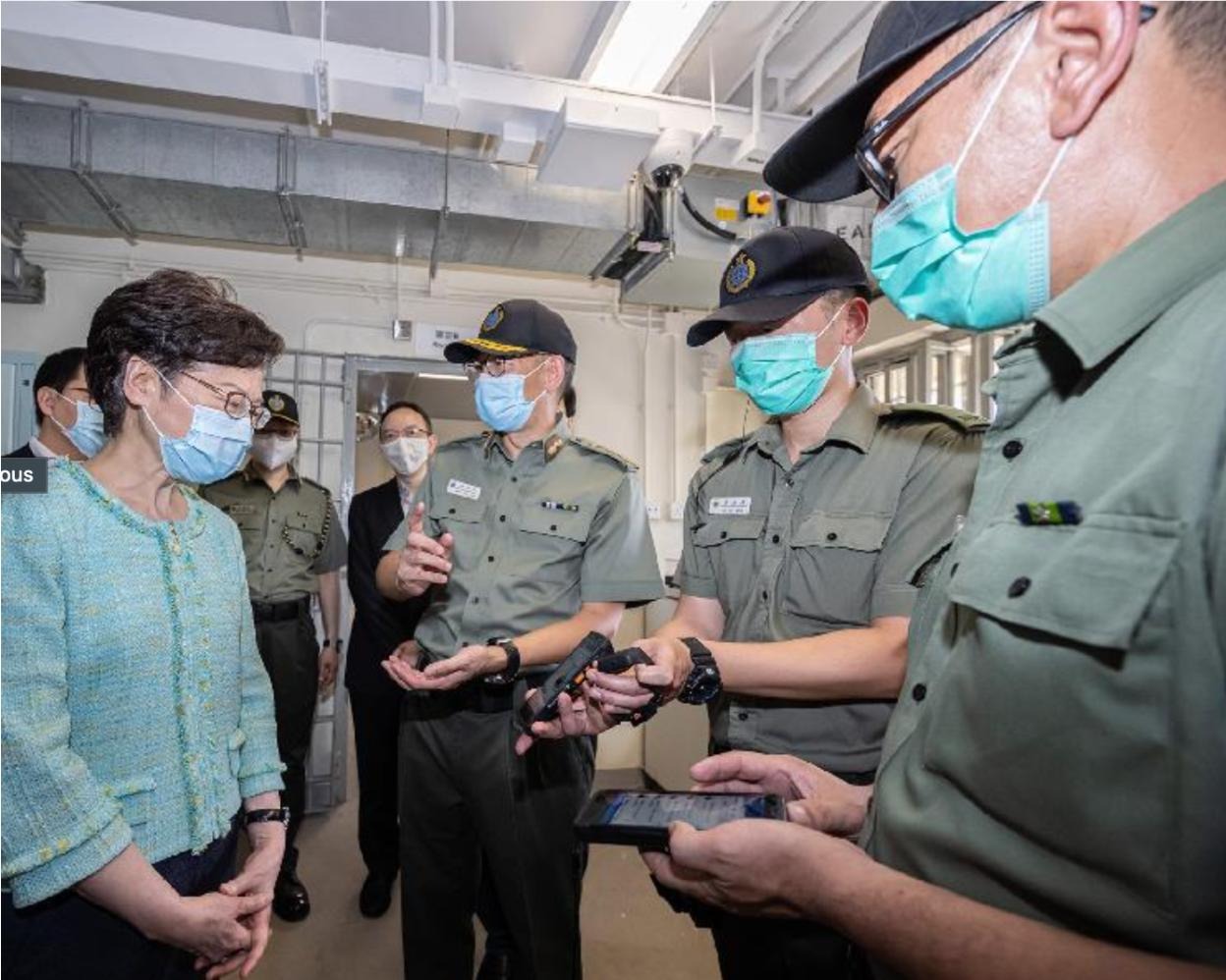
CCTV everywhere
Inside the smart prison, officers patrol the corridors every time after detainees return to their cells. A video analytic monitoring system then continues to monitor the inmates for 15 to 20 minutes. The CCTV cameras are set up in every dormitory.
“The condition inside the smart prison is so much worse than CIC. The smart wristbands make them uncomfortable and there are CCTV cameras everywhere, even inside the toilets,” said Franco Mella, a human rights activist who participated in a 50-hour hunger strike outside the CIC in Aug. 2020.
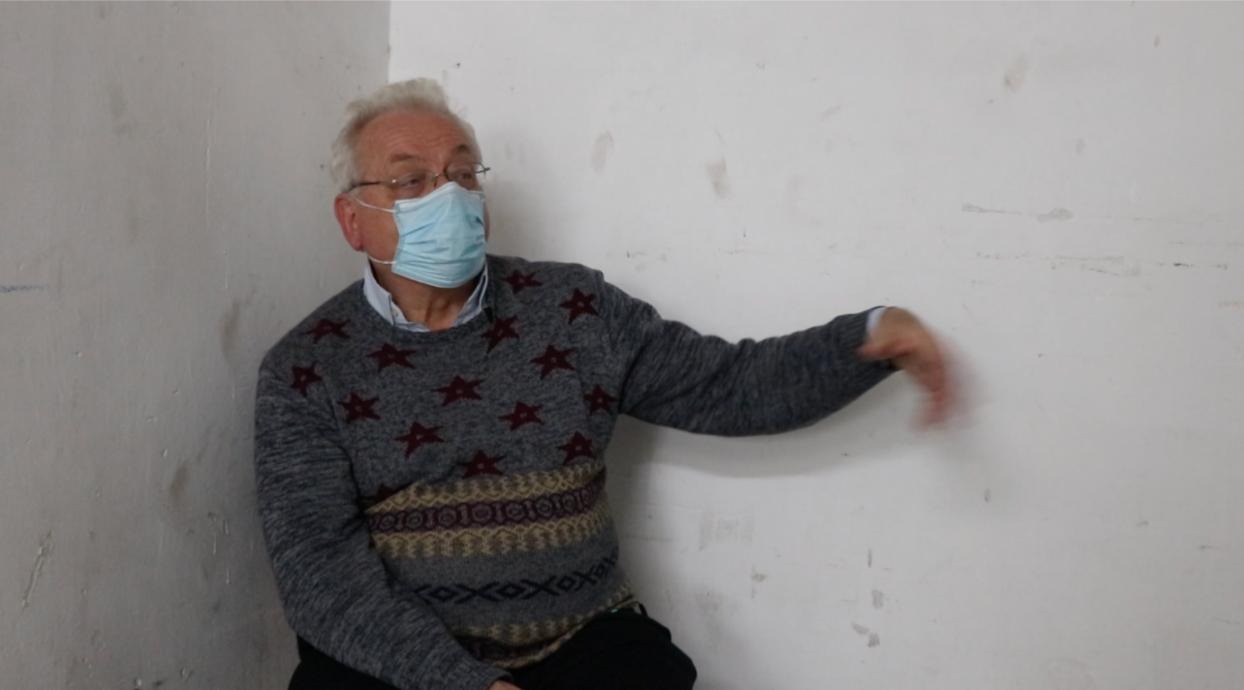
“TTGCI sends a hidden message to the immigration detainees that unless you go back to your home countries, you cannot leave this place anymore,” he added.
“There are 170 CCTV cameras in total collecting real-time images and comparing them to preset behaviour of the detainees. It can detect their abnormal behaviour such as suicides and self-harm,” Woo Ying-ming, the head of the Correctional Services Department said in an interview with the Oriental Daily last year.
The monitoring system in the toilets can even sense prisoners’ private body parts, according to a report by the South China Morning Post in 2019.
“Our concern group heard from a detainee that those CCTV captured a male detainee masturbating and an officer laughed at him afterwards,” said Tsui.
CSD would not comment on any individual case.
Complaint Mechanism
Detainees who feel aggrieved by any treatment may lodge a complaint or air their grievances through various channels.
In 2019, only two out of 119 complaints were substantiated , according to the CSD Annual Review 2019. Between 2017 and 2019, officers investigated 328 complaints, but only seven cases were substantiated.
Woo Ying-ming, Commissioner of the Correctional Services Department explained that investigations must be based on evidence.
Inmates can also file complaints via the Office of The Ombudsman. CSD staff will be asked to comment on the related complaints during investigation
Activist Joshua Wong, who served a six-month sentence in 2017 over the unlawful assembly, described the complaint system as a “black box” because it involves “internal staff investigating their own people”.
On Aug. 1 2021, the Immigration Amendment Bill 2020 was passed by a vote of 39-2 in the Legislative Council after nearly all of the pan-democrats were disqualified. The Bill aimed at improving the efficiency of screening non-refoulement claimants.
The amended terms allowed officers to use anti-riot equipment such as 37 mm single-shot launchers under emergency situations, even though there had been less than 1% of physical confrontations at CIC over the past decade.
TTGCI has deployed the Regional Response Team under CSD to fight so-called illicit collective activities of detainees three times since it opened in May last year. The Regional Response Team, also known as the “Black Panthers”, is equipped with the latest anti-riot weapons to control any prison violence. One such activity was a hunger strike in August last year.
Tsui, who visits the detainees in TTGCI regularly said, “non-violent resistance such as hunger strikes to make reasonable demands are now regarded as violent conflict in TTGCI. They deploy the Black Panthers and use pepper spray more often to suppress conflicts, which is different from CIC.”
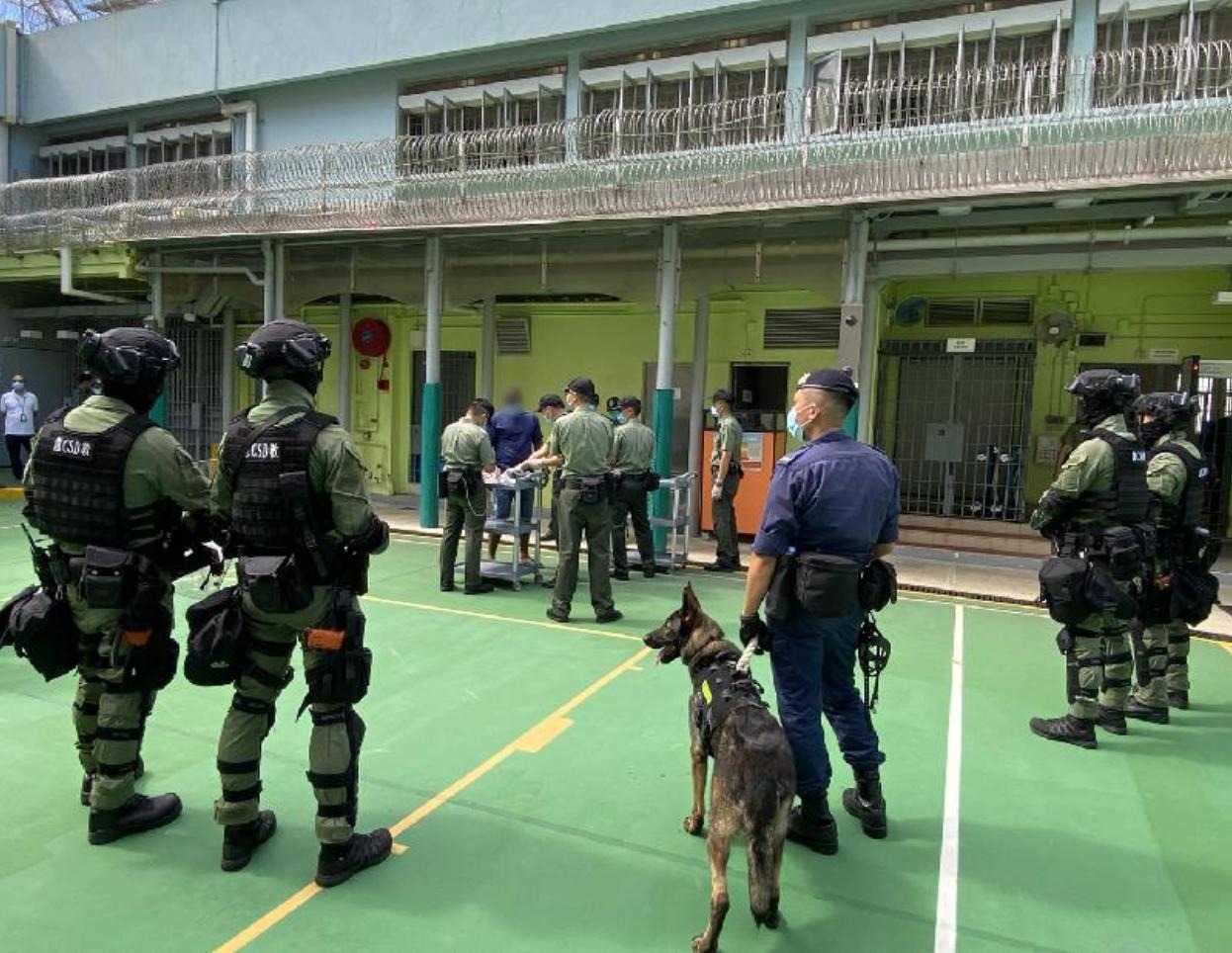
“The detainees told me that at first, a detainee who disobeyed the order of the officers was put in solitary confinement,” Tsui said. “The next day, other detainees started the hunger strike after hearing rumours that this detainee was beaten by officers. But the officers chose to call the Black Panthers, who used anti-riot tactics to handle this peaceful resistance.”
In a press release, the CSD said 10 detainees went on hunger strike during breakfast, demanding that officers withdraw all disciplinary action. Twelve detainees including two of those who refused to obey orders, were put under separate confinement and were investigated.
Solitary confinement
“Many detainees told me that they thought solitary confinement is a punishment rather than aimed at protecting the detainees. The punishment mechanism is abused and detainees are sent to solitary confinement for more than a month or two,” said Tsui.
The time limit of solitary confinement has long been discussed by the Society for Community Organization (SoCO). The number of cases of separate confinement increased from 2,508 in 2012 to 3,297 in 2016, up 31.5%, according to a document from SoCo to the Legislative Council.
Solitary confinement refers to prisoners who are banned from meaningful human contact for over 22 hours a day. Prolonged solitary confinement refers to more than 15 consecutive days, according to rule 44 of the Treatment of Prisoners.
During solitary confinement, detainees are held in single-cell to prevent violence, torture, and ill-treatment in any detention facilities, according to Legislative Council Panel on Security in 2016.
“It is common for the centre to run out of solitary confinement cells which shows how frequent the staff is using them outside CIC,” said Tsui.
"The severe and often irreparable psychological and physical consequences of solitary confinement and social exclusion are well documented and can range from progressively severe forms of anxiety, stress, and depression to cognitive impairment and suicidal tendencies,” according to Nils Melzer, United Nations Special Rapporteur on torture on an official statement.
According to rule 45.1 of the United Nations Standard Minimum Rules for the Treatment of Prisoners, solitary confinement should only be used in exceptional cases or as a last resort. But Hong Kong as part of China, is not signatory to the document.
In Hong Kong there is no time limit for solitary confinement when it serves the purpose of segregating prisoners or detainees, except for the purpose of punishment. It can last over 28 days.
Alternative to Detention
“Hong Kong should provide more humanitarian and reasonable treatments to asylum seekers who need protection, or are considered as traumatized people,” said Gigi Lo Sin-Chi, a research associate of the Immigration Detention In Hong Kong project, conducted by the Chinese University of Hong Kong.
Instead of using traditional detention facilities, the United States Immigration and Customs Enforcement has been using a community-based management approach during court proceedings since 2004.
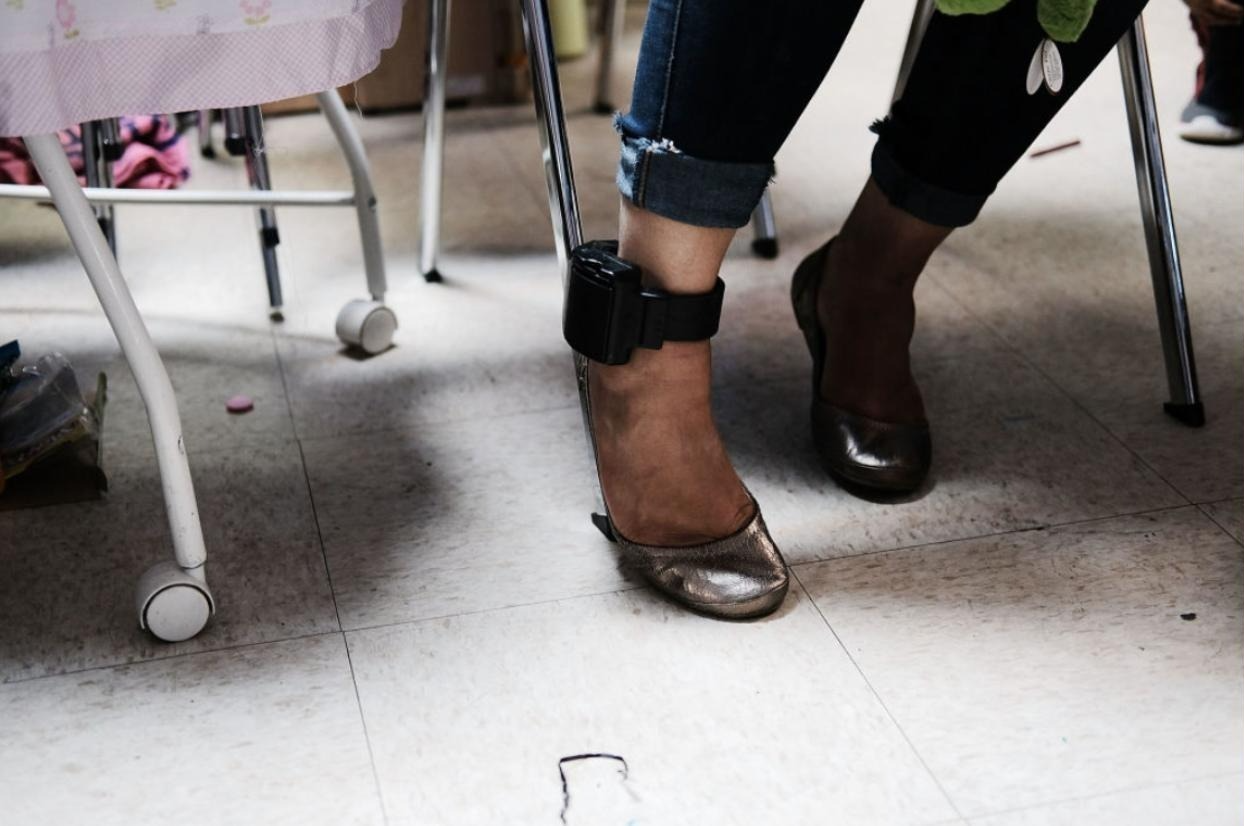
More than 3.3 million people are assigned to the non-detained docket in the United States, as recorded in Aug. 2020.
Immigrants are tracked with GPS ankle bracelets linked to a smartphone app. The detention programme includes using voice recognition software. It also includes home visits without notifications. Officers use smart technology while storing information on immigration status, criminal and compliance history and family relationships.
“Technology is not necessarily bad. It can be used in a way that allows immigration detainees to live in a community under certain conditions,” Lo said.
《The Young Reporter》
The Young Reporter (TYR) started as a newspaper in 1969. Today, it is published across multiple media platforms and updated constantly to bring the latest news and analyses to its readers.

Feminists redefine gender equality

Virus or Starvation: Hong Kong Suffers Under Worst Pandemic Wave




Comments